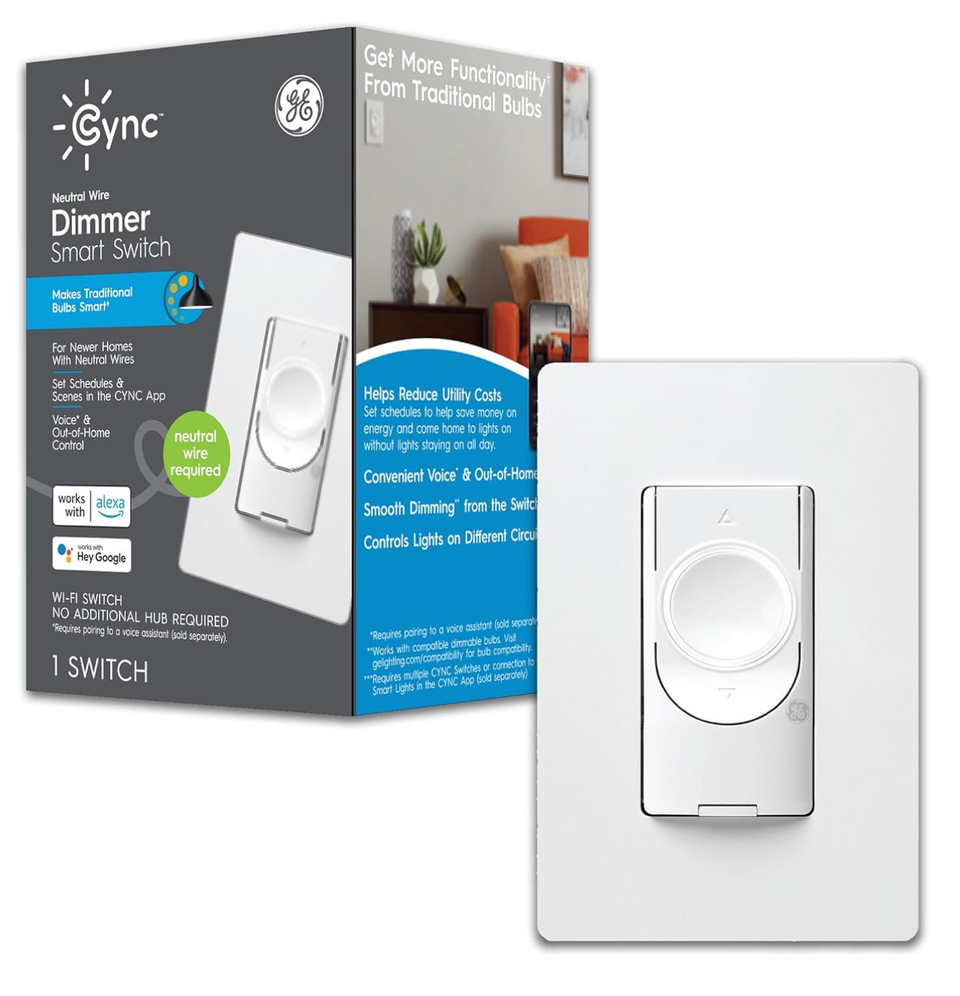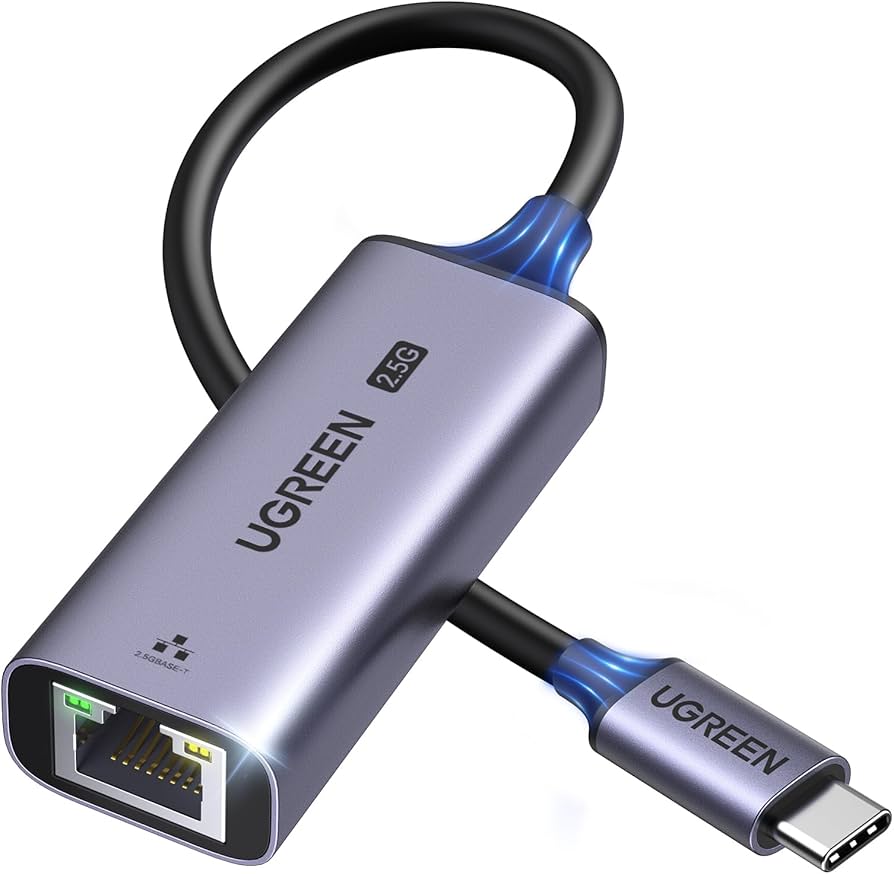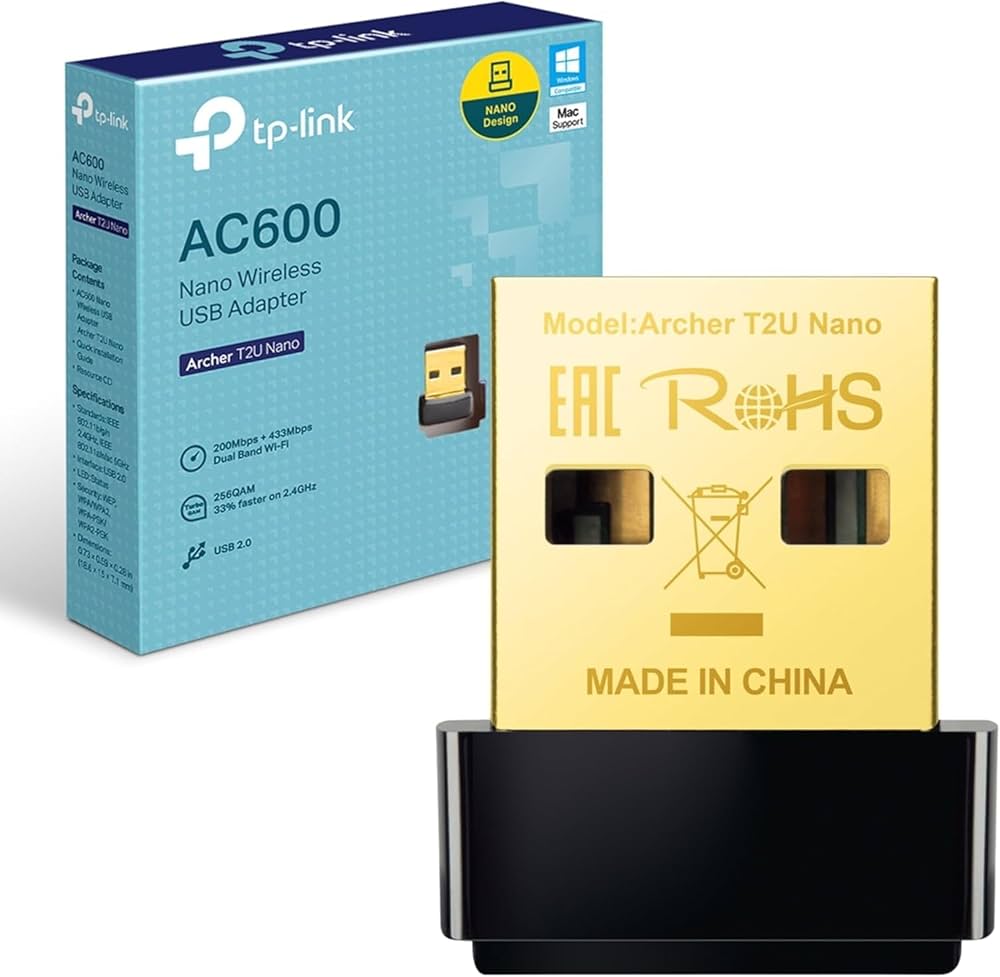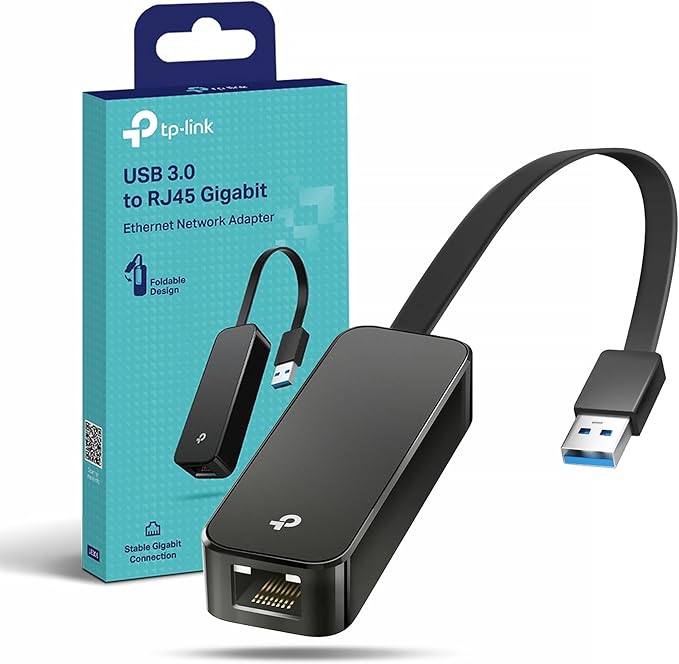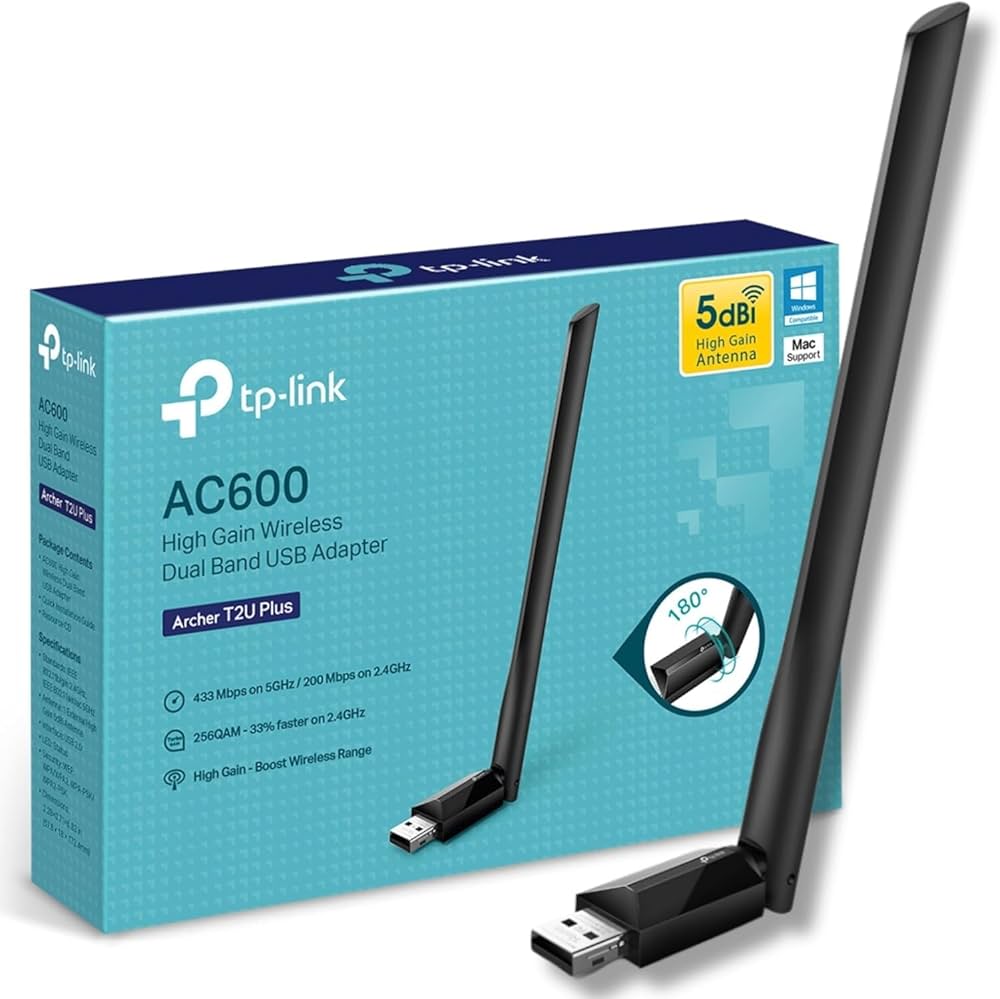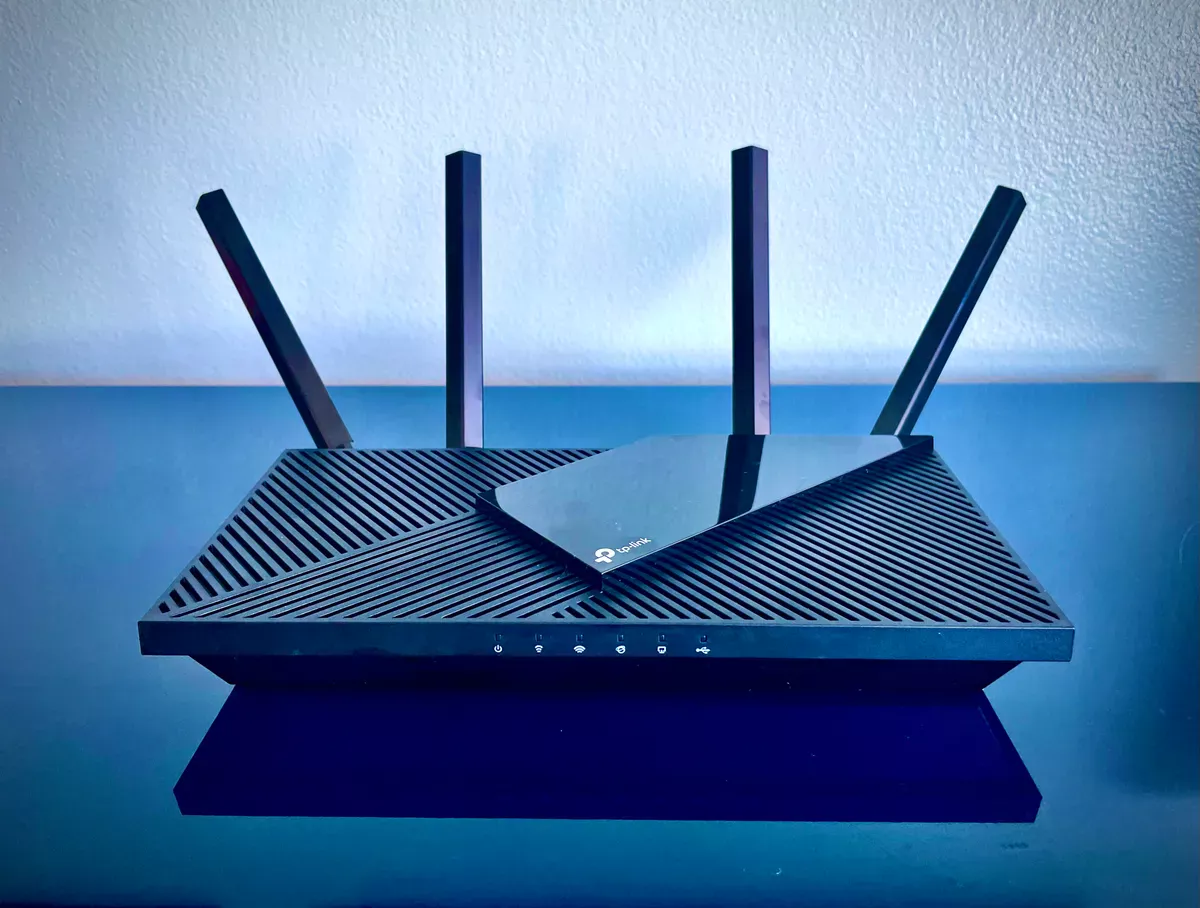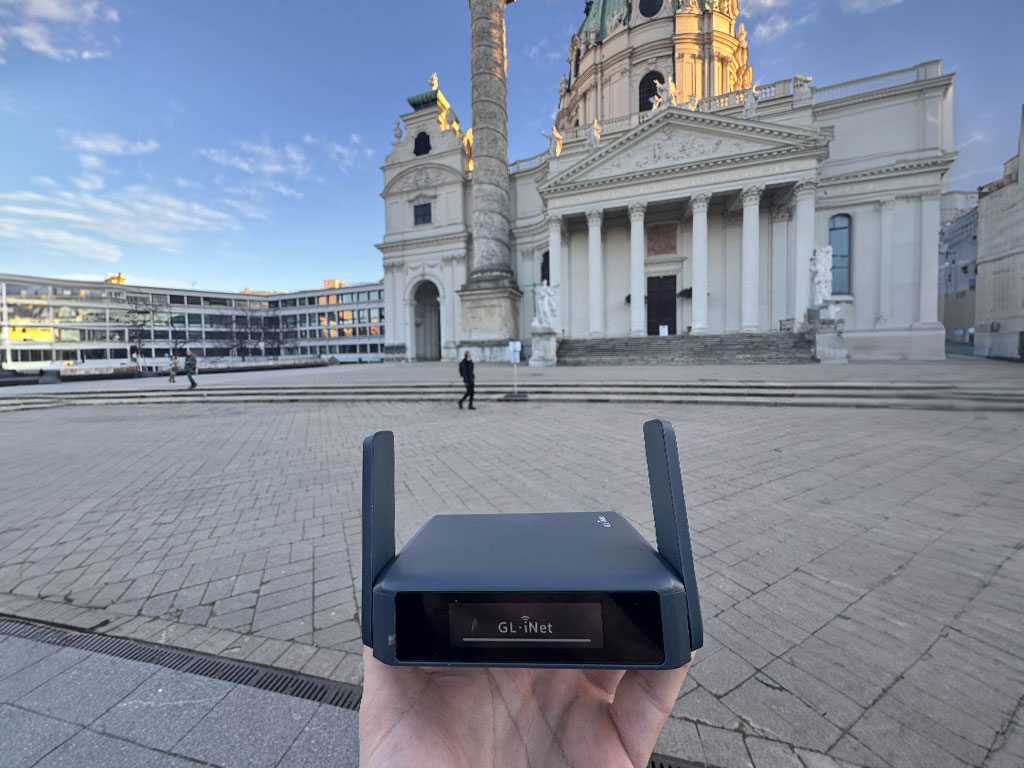Are you looking to upgrade your lighting but unsure whether to stick with traditional dimmers or switch to smart dimmers? Choosing the right dimmer can change how you control your lights and set the mood in your home.
Imagine adjusting your lights with just a tap on your phone or a simple voice command—sounds convenient, right? But are smart dimmers really better than the classic ones you’ve used for years? You’ll discover the key differences, benefits, and drawbacks of both options.
By the end, you’ll know exactly which dimmer suits your lifestyle and needs. Keep reading to find out which lighting control is the perfect fit for you.
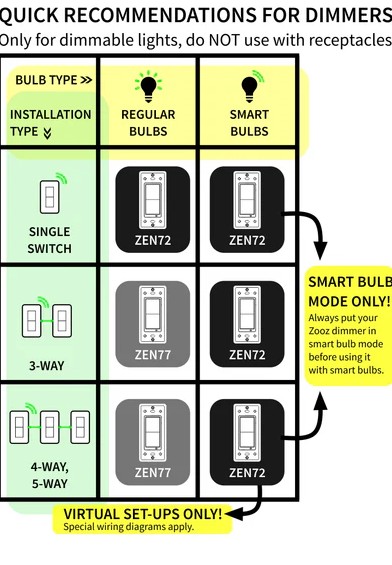
Credit: www.support.getzooz.com
How Dimmers Work
Dimmers control the brightness of lights. They are found in homes and offices. Dimmers help save energy and create the right mood.
There are two main types of dimmers: traditional and smart. Each has its own way of working.
Basic Mechanism Of Traditional Dimmers
Traditional dimmers use a simple knob or slider. Turning the knob changes the light’s brightness. This is done by controlling the flow of electricity.
These dimmers use resistors to lower the voltage. The resistor absorbs some of the electricity. Less electricity reaches the light bulb, so it shines dimmer.
- Simple to use with a knob or slider
- Works with most old light bulbs
- Does not need Wi-Fi or apps
Technology Behind Smart Dimmers
Smart dimmers use advanced technology. They can be controlled with a smartphone. They connect to Wi-Fi and often work with smart home systems.
These dimmers use microcontrollers. They adjust the light using digital signals. This allows for precise control and automation.
- Controlled through apps or voice commands
- Can be scheduled to turn on and off
- Compatible with LED and smart bulbs
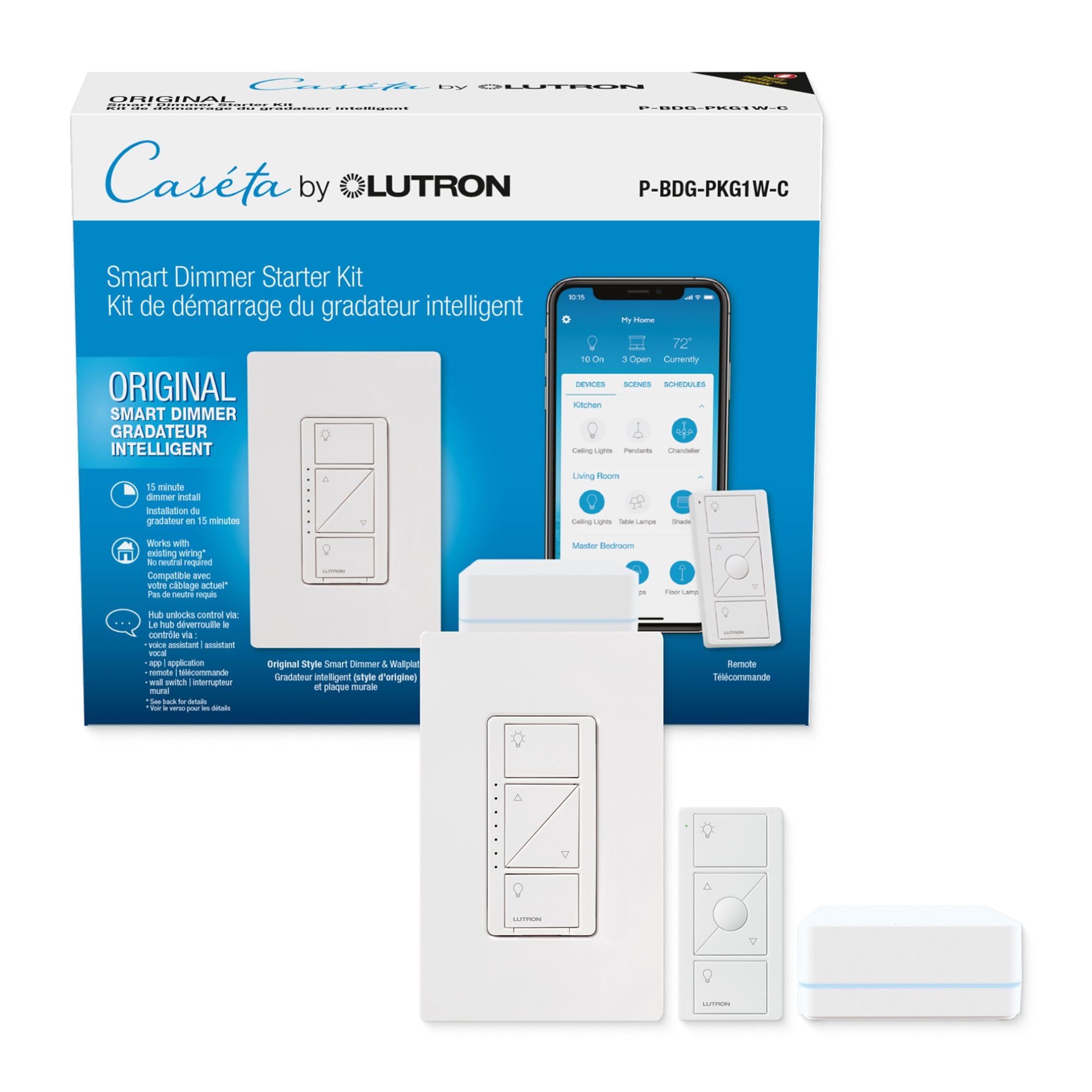
Credit: www.bmr.ca
Types Of Dimmers
Dimmers help control the brightness of lights in a room. They can save energy and create the right mood.
There are two main types of dimmers: traditional and smart. Each type works differently.
Leading Edge Vs Trailing Edge
Leading edge dimmers cut power at the start of each voltage cycle. They work well with incandescent bulbs.
Trailing edge dimmers cut power at the end of each voltage cycle. They handle LED and smart bulbs better.
- Leading edge dimmers are cheaper and simpler.
- Trailing edge dimmers offer smoother dimming and less noise.
- Trailing edge dimmers protect newer bulb types.
Features Of Smart Dimmers
Smart dimmers connect to Wi-Fi or Bluetooth. You can control them with apps or voice assistants.
They often allow you to set schedules and scenes. This makes lighting more convenient and flexible.
- Remote control using smartphones
- Voice commands via smart home devices
- Customizable light settings and moods
- Energy usage monitoring
- Integration with other smart home gear
Common Traditional Dimmer Models
Traditional dimmers come in several models. They use mechanical parts to change light levels.
Some common models include rotary, slide, and toggle dimmers. Each model offers a different way to adjust light.
- Rotary dimmers turn a knob to adjust brightness
- Slide dimmers move a lever up or down
- Toggle dimmers switch between preset light levels
- Push-button dimmers cycle through brightness steps
Installation Process
Installing dimmers changes how you control your lights. Traditional and smart dimmers differ in their setup steps.
Knowing the installation process helps you pick the right dimmer for your needs.
Wiring Traditional Dimmers
Traditional dimmers need direct wiring to your electrical system. You must turn off power before starting.
Connect the dimmer wires to the corresponding wires in your wall box. Usually, this means matching black wires and grounding properly.
- Turn off circuit breaker
- Remove old switch
- Match wires: black to black, ground to ground
- Use wire nuts to secure connections
- Attach dimmer to wall box
- Restore power and test
Setting Up Smart Dimmers
Smart dimmers need wiring like traditional ones but also require extra setup. They often need a neutral wire.
After wiring, you connect the dimmer to your Wi-Fi or smart home hub. This allows remote control and automation.
- Turn off power at breaker
- Check for neutral wire in wall box
- Connect wires: black, neutral, ground
- Attach dimmer to wall
- Turn power back on
- Download app or use hub to connect
- Follow app instructions to finish setup
Compatibility With Existing Fixtures
Not all dimmers work with every fixture. Traditional dimmers work with many bulbs but may cause flicker with LEDs.
Smart dimmers often support LEDs and other modern bulbs better. Check if your fixture needs a neutral wire or special dimming type.
- Traditional dimmers fit most incandescent bulbs
- LED bulbs may flicker with traditional dimmers
- Smart dimmers work well with LEDs and CFLs
- Neutral wire needed for most smart dimmers
- Check bulb and dimmer compatibility before buying
Energy Efficiency
Smart dimmers and traditional dimmers both help save energy by reducing light brightness. Using less light means using less power. This can lower electricity bills.
Choosing the right dimmer affects how much energy you save. It also changes how your bulbs work over time.
Power Consumption Comparison
Traditional dimmers lower power by cutting voltage to the bulb. This reduces light but wastes some energy as heat. Smart dimmers use advanced technology to control power more efficiently.
Smart dimmers often connect with apps or sensors to adjust light only when needed. This reduces power use further than traditional dimmers.
- Traditional dimmers waste some energy as heat.
- Smart dimmers control power more precisely.
- Smart dimmers can adjust lights based on time or motion.
- Smart dimmers may reduce overall electricity use more.
Impact On Bulb Lifespan
Traditional dimmers can shorten bulb life by creating flicker and heat stress. This is common with some LED bulbs. Smart dimmers provide smoother dimming, which helps bulbs last longer.
Smart dimmers also protect bulbs by adjusting power in small steps. This reduces wear on the bulb’s components.
- Traditional dimmers may cause flicker and heat.
- Bulbs on traditional dimmers might burn out faster.
- Smart dimmers give smooth dimming without flicker.
- Smart dimmers help extend bulb lifespan.
Control And Convenience
Smart dimmers and traditional dimmers both control light brightness. They offer different levels of ease and control.
Choosing the right dimmer depends on how much control and convenience you want in your home.
Manual Vs Remote Operation
Traditional dimmers work by turning a knob or sliding a lever on the wall. You must be near the switch to change the light.
Smart dimmers let you control lights from far away. Use a remote, smartphone app, or voice assistant to adjust brightness.
- Traditional dimmers need physical touch
- Smart dimmers offer remote control
- Remote control adds flexibility and ease
Integration With Smart Home Systems
Traditional dimmers do not connect to other devices. They work only as a single light control.
Smart dimmers connect with smart home systems like Alexa or Google Home. This lets you control many devices together.
- Traditional dimmers have no smart features
- Smart dimmers connect to voice assistants
- Integration allows group control of lights
Scheduling And Automation Options
Traditional dimmers cannot set schedules. You must turn lights on or off manually every time.
Smart dimmers let you create schedules. Lights can turn on or off automatically at set times.
- Traditional dimmers need manual operation
- Smart dimmers offer timed light control
- Automation can improve energy savings
Cost Considerations
Choosing between smart dimmers and traditional dimmers involves thinking about costs. Both types have different price points and long-term expenses.
Understanding these costs helps you decide which dimmer fits your budget and needs best.
Initial Purchase Price
Traditional dimmers usually cost less upfront. They are simple devices with fewer features.
Smart dimmers have higher initial costs. They include advanced technology and connectivity features.
- Traditional dimmers: low price, basic function
- Smart dimmers: higher price, more features
Long-term Savings
Smart dimmers can save money over time. They help reduce electricity use with better control.
Traditional dimmers offer fewer chances to save energy. They turn lights on or off without smart settings.
- Smart dimmers lower energy bills
- Traditional dimmers have limited energy savings
Maintenance And Replacement Costs
Traditional dimmers are simple and rarely need repairs. Replacement is usually cheap and easy.
Smart dimmers may need software updates and occasional fixes. They can cost more to repair or replace.
- Traditional dimmers: low maintenance costs
- Smart dimmers: potential higher upkeep expenses
Aesthetics And Design
Smart dimmers and traditional dimmers look different. Their designs affect how well they fit in your home.
Choosing the right dimmer can improve the style and feel of your rooms.
Appearance And Customization
Traditional dimmers often have simple, classic designs. They usually come in standard colors like white or beige.
Smart dimmers offer more design options. Many have sleek, modern looks with touch controls or LED displays.
- Traditional dimmers: Basic shapes and limited colors
- Smart dimmers: Modern styles with customizable colors
- Smart dimmers can match home decor better
- Some smart dimmers allow you to change button colors
User Interface And Feedback
Traditional dimmers use a rotary knob or sliding switch. They give tactile feedback when you turn or slide them.
Smart dimmers have touchscreens or buttons. They may show light levels with LED bars or screens for easier control.
- Traditional dimmers: Physical knobs that click or slide
- Smart dimmers: Touch controls with visual feedback
- Smart dimmers can connect to apps for more control
- Some smart dimmers have sounds or lights as feedback
Common Issues And Troubleshooting
Smart dimmers and traditional dimmers control lighting but face some common problems. Knowing these issues helps you fix them quickly.
This guide covers flickering and buzzing problems plus connectivity and compatibility challenges for both dimmer types.
Flickering And Buzzing Problems
Flickering lights happen when dimmers do not match the bulbs or wiring. Buzzing sounds come from electrical parts under strain.
Traditional dimmers may cause flickering with LED bulbs. Smart dimmers can also flicker if the settings are wrong.
- Use bulbs that the dimmer supports
- Check wiring connections for looseness
- Adjust dimmer settings for bulb type
- Replace old dimmers if they wear out
Connectivity And Compatibility Challenges
Smart dimmers need good internet or hub connections to work well. Poor signals cause delays or no response.
Traditional dimmers have fewer compatibility issues but may not work with some modern bulbs or smart home systems.
- Ensure your smart dimmer is within Wi-Fi range
- Check if your bulbs match the dimmer type
- Update smart dimmer firmware regularly
- Use compatible hubs and apps for smart dimmers
Which Dimmer Suits Your Needs
Choosing between smart dimmers and traditional dimmers depends on your lifestyle. Each type has benefits that fit different needs and spaces.
Think about how you use your rooms and if you want advanced features or simple control. This helps pick the right dimmer.
Best Choices For Different Rooms
Living rooms and bedrooms often need flexible lighting. Smart dimmers offer presets and remote control here. Traditional dimmers work well for kitchens and bathrooms where simple dimming is enough.
- Living Room: Smart dimmers for mood and convenience
- Bedroom: Smart dimmers for easy adjustments at night
- Kitchen: Traditional dimmers for straightforward use
- Bathroom: Traditional dimmers with moisture resistance
Considerations For Renters And Homeowners
Homeowners can install smart dimmers with full wiring changes. Renters might prefer traditional dimmers or plug-in smart dimmer devices to avoid permanent changes.
- Homeowners: Can upgrade to smart dimmers for more control
- Renters: Use traditional dimmers or non-invasive smart options
- Consider lease terms before changing wiring
- Smart dimmers may need Wi-Fi and app setup

Credit: www.amazon.com
Frequently Asked Questions
What Are The Main Differences Between Smart And Traditional Dimmers?
Smart dimmers offer remote control, scheduling, and integration with smart home devices. Traditional dimmers only adjust light brightness manually. Smart dimmers provide more convenience and energy savings, while traditional ones are simpler and usually less expensive.
Are Smart Dimmers Compatible With All Light Bulbs?
Most smart dimmers work with LED, incandescent, and halogen bulbs. However, compatibility depends on the dimmer model. Always check the manufacturer’s specifications to ensure your bulbs will work correctly with the smart dimmer.
Can Smart Dimmers Save Energy Compared To Traditional Dimmers?
Yes, smart dimmers can save more energy by allowing precise control and scheduling. They reduce electricity use by turning off or dimming lights when not needed. Traditional dimmers save energy only by manual adjustment.
Is Installation Harder For Smart Dimmers Than Traditional Ones?
Smart dimmers may require more complex installation, often needing a neutral wire. Traditional dimmers are usually simpler to install. For smart dimmers, professional installation is recommended if you are unfamiliar with electrical work.
Conclusion
Choosing between smart and traditional dimmers depends on your needs. Traditional dimmers offer simplicity and easy use. Smart dimmers give more control and can save energy. Consider your budget and how much tech you want. Both types help set the right light mood.
Think about your home setup and daily habits. Either way, dimmers improve comfort and lighting style. Make the choice that fits your lifestyle best.
21 min read

